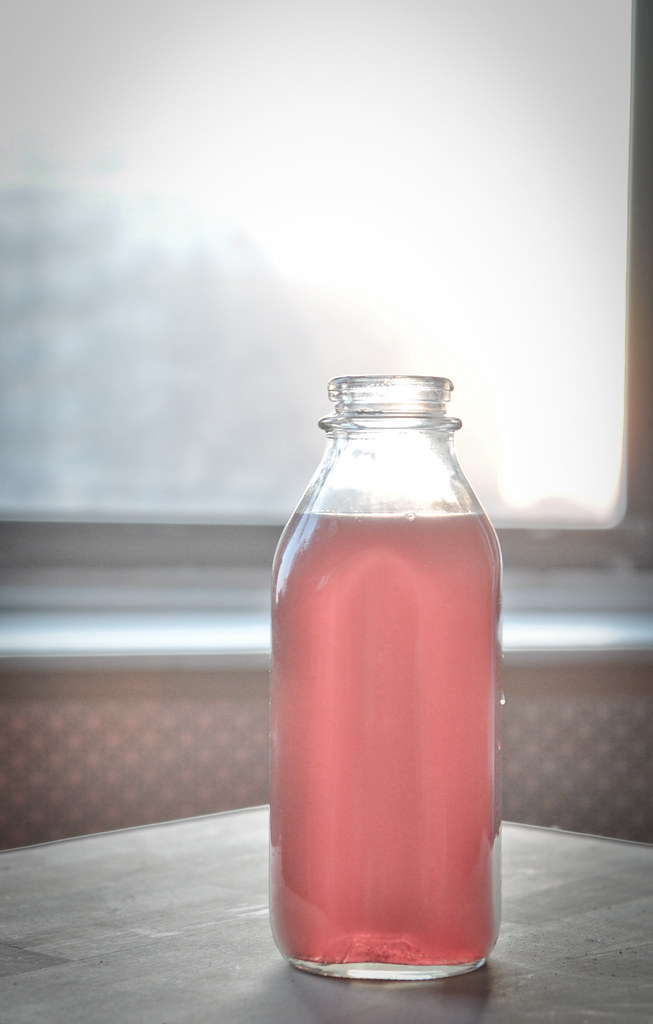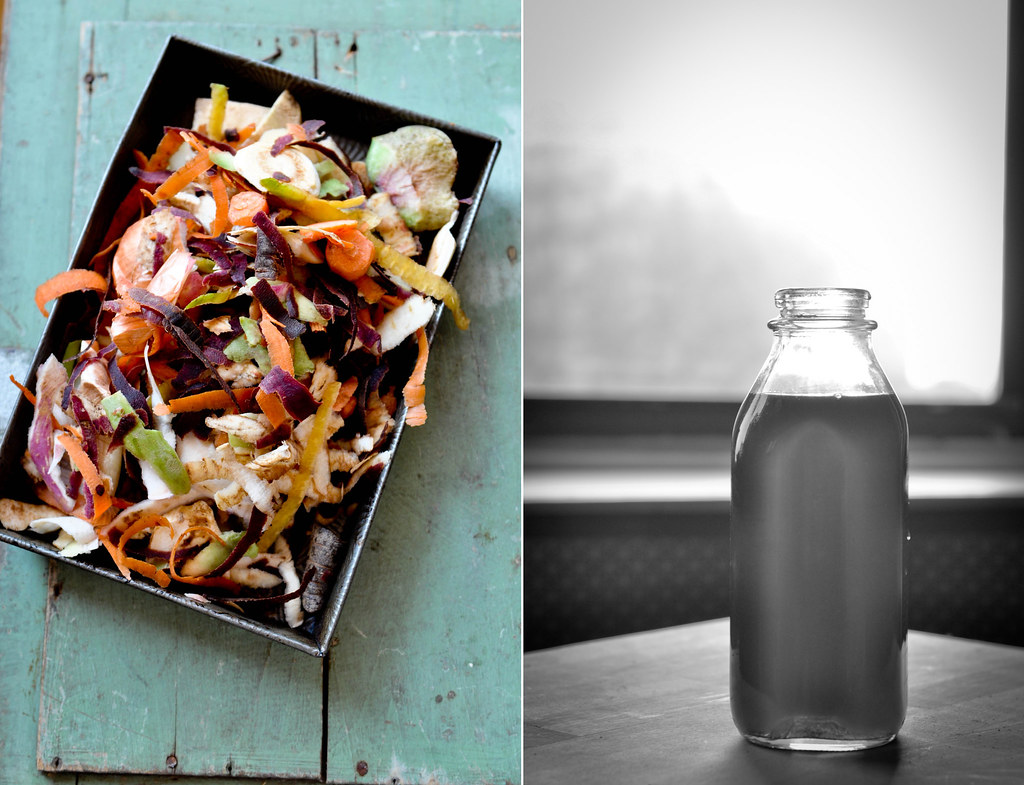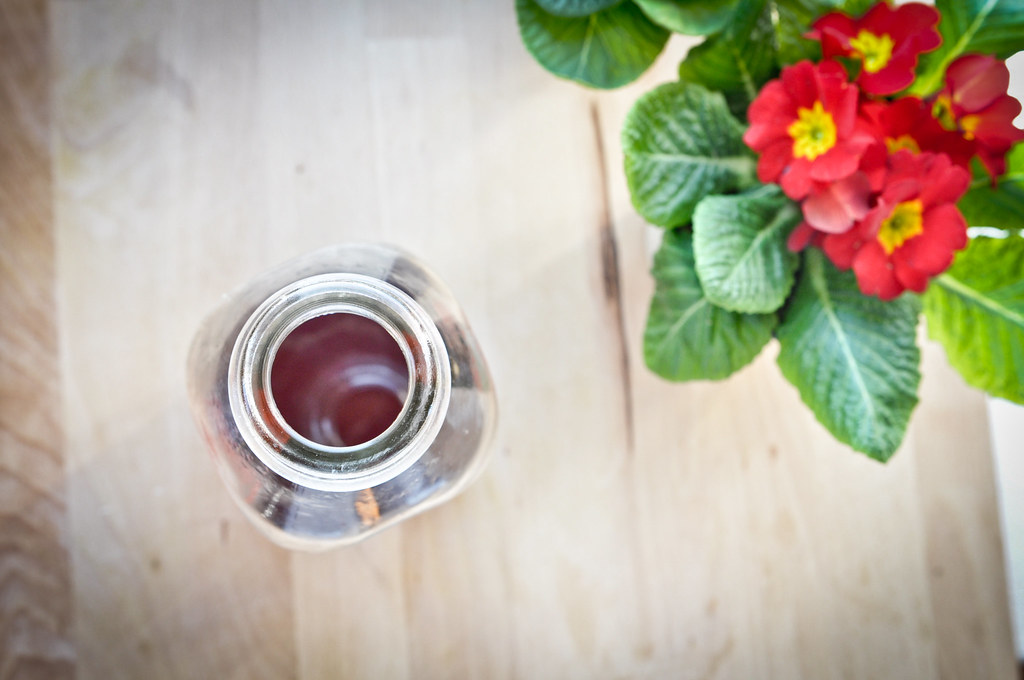This is, in reality, a
. But, I am going to sell the recipe to you as a weekend project.

If you read
carefully, you would have noticed that I slid this line, "Save the Peels", just like that. If you paused a moment there, this post will throw light. :)
You know that one ad that seems to be on repeat play around the Holidays, especially, Thanksgiving? STOCK!! Chicken, vegetable, beef. It is not a product that you would think has the greatest Holiday demand being such a mundane and humble product. While one would expect it to be an year round staple, it certainly doesn't seem to be and its need spikes during the latter half of the year, as evidenced by financials of stock and broth companies.
I believe that stock should be an year round staple in the pantry (fridge) for two reasons. First, the flavor it adds when you are making the simplest meals like soups, cooking grains or lentils, roast chicken, is simply fantastic. Second, it is super simple and easy to make at home for a next to nothing cost. This one product can help make your diet less processed and as clean as possible without preservatives or other additives. Besides, hey! No label reading required because you know what went into it.

Well, by now, you have gathered that today's recipe is Stock! :)
Homemade Vegetable Stock
.
Many recipes that you see around ask you to use whole vegetables to make the broths and stocks. That, I think, is an utter waste of perfectly great produce, especially, if you shelled out for the organic variety. And, it is contrary to the age old wisdom of making broths. Historically, stocks and soup were made with leftover bits and pieces. This was home economics in its true and amazing form.
Whatever way you are cooking your vegetables, it is inevitable that you will have the peels and bits that didn't go into the dish (like carrot tops). All of those bits, root vegetable peels, onion and garlic skins, herb stems have a lot of nutrients and flavor that can easily be extracted by making broth. Do NOT bin them. Store them in a ziplock bag that is not completely sealed, so they can breathe and stay fresher. You can store them in a fridge for 2 days or in the freezer for unto a month.
For meat broths, reserve the bones after cooking. That is all you need. Skins without the fat are fantastic for this. You can use a bit of animal fat but not a lot of it because the fat adds little flavor and too much grease and isn't going to taste great.
Another tip I would give is to use stems of woody herbs like thyme and rosemary to flavor the broth rather than the leaves which are more expensive. You would be surprised how much flavor resides in the stem of a plant.
The bits you should NOT USE are those that are rotten or non-aesthetically damaged. Do not use spoiling meat. Brothing is not a way to resurrect fading ingredients. It is a way to make the most of good stuff.
Reader Tips
From Ivan: Roasting meat bones before boiling in stock helps make a less cloudy stock.
Do you have any tips on how to make good stock? If so, please share in the comments and I will add here with due gratitude!

Oh, and the best part of making stock at home is that you can make whatever flavor you want with what you have on hand. It is fun and brings so much variety in the flavor of the dish you make with it. A chicken soup can be bright and refreshing or deep and satisfying depending on the flavor of the broth that makes the base of it.
I would recommend, making this in bulk because it has a long, very long, freezer life. And, you don't have to do a last minute grocery store run!
Note:
My stock is red in color because I used scraps of beets and purple carrots. If you do not want colored stock, use mostly white vegetables. Leaves and carrot skins do not color the final stock. They simply bleach as they cook.
So, there is your weekend idea! :)
What do you say? Want to make some stock? Scroll down for the recipe.

Nerd ALERT
, skip if not interested
The Business of Stocking
While doing some research, I picked up some interesting facts about the stock and broth market from the financials of the companies in the segment.
is the leading brand in the prepackaged broth industry and their results show a burgeoning growth in this segment with second half earnings last year showing a huge bump in broth sales relative to the first. Interestingly, the company recently changed their positioning and marketing strategy to cater to an increasing desire to cook in the market. While they use to sell the broths as the end all be all for making a turkey taste fantastic, they are now focusing on how the products aids the process of cooking. As a result, Net profits for the U.S. Simple Meals segment that includes broth and soup categories, grew by 18% in 2013. Swanson broth alone grew by 5% in sales propelled by the sub category of concentrated and flavored broths.
Since 2011, when they started investing more in this segment, their stock price has nearly doubled. Their stock is being driven by stock!
Now, if you are a shareholder at Campbells, this may seem brilliant news. But, be warned, the sales trend is a hump not a plateau or incline. As cooking becomes more backward integrated, broths and soups becomes less of a store bought staple. If this segment accounts for two-thirds of company profits now, and, that number is trending up, I would start thinking about selling the stock (shares) in 2-3 years time, unless they change their product strategy.
Homemade Vegetable Stock
There aren't as much measurement as indicative amounts in making this recipe. There is no wrong amount. If the stock is too thin, you can reduce it down further to concentrate the flavor. If it is too thick then add more water.
The spice mix I have included here is also suggestive. Use whatever you like or have.
I do not add salt in making stock, preferring to adjust in the final recipe.
2 cups of leftover vegetable scraps (skins, peels, stems, fronds, mushroom bases)
6 cups of water
1/2 tsp coriander seeds
a chuck of ginger with the skins (if it isn't already in the scraps)
1 tsp whole peppercorns
4 cloves
a few bits of rosemary stems (and the drier leaves if you have them)
Put everything in a pot and bring to a rolling boil. Lower the heat to a simmer. Close the pot and let is simmer away for about 30-45 minutes until the liquid has reduced in half. Taste the broth and check the flavors.
Take the pot off the stove, let it cool a bit. Strain the stock.
Store in a non-reactive container either in the fridge for upto 2 weeks or in the freezer for unto 6 months.
